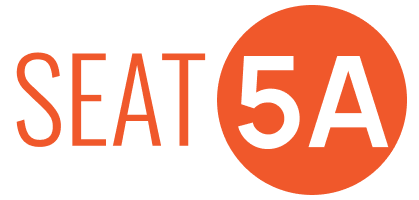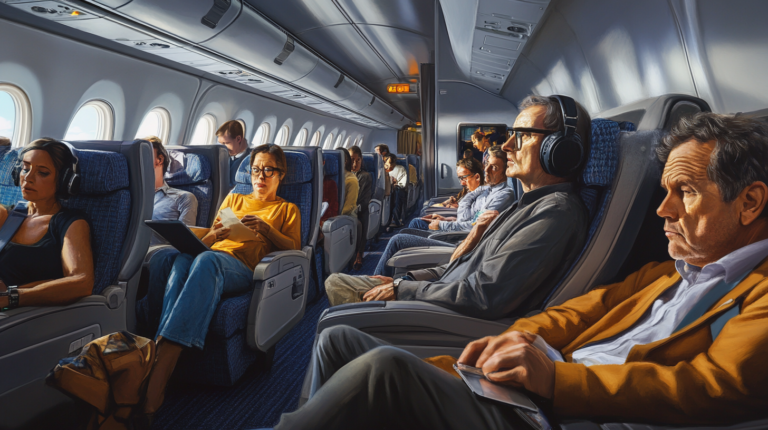The Frequent Flyer’s Guide to the U.S. Business Visa

Frequent flyers heading to the United States for business often have a world of details to manage, from scheduling back-to-back meetings to finalizing contracts across multiple cities. I’ve learned that properly understanding your visa options can help you avoid unnecessary delays at customs and free you up to focus on the work that matters.
1. The B-1 Visa: Your Business Gateway
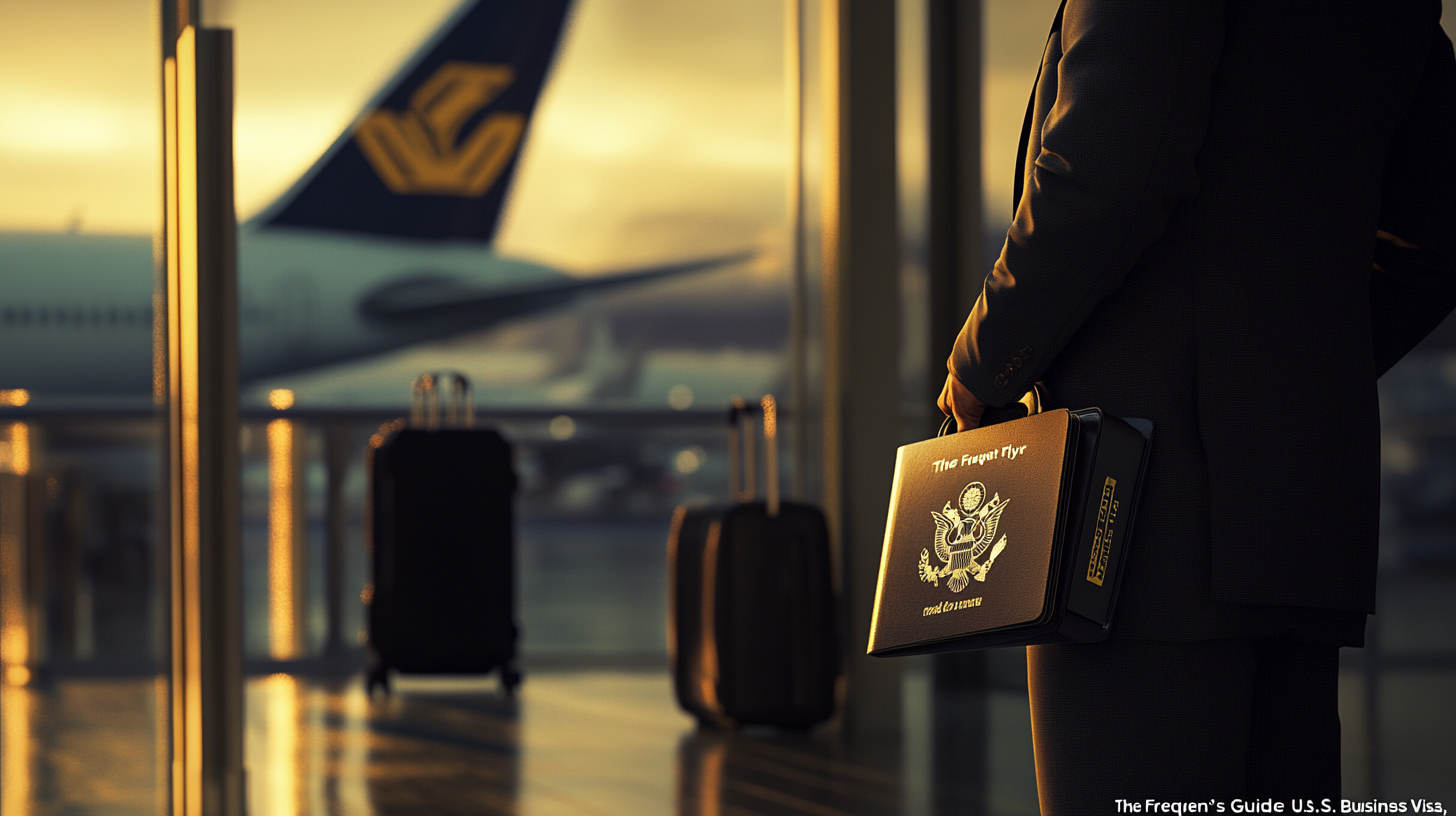
Over the years, I’ve noticed how crucial the B-1 visa can be for anyone who needs to attend short-term business engagements in the U.S.—from speaking at conferences to negotiating with potential clients. According to data published by the U.S. Department of State, the B-1 category remains one of the most commonly granted for international travelers who maintain a home base abroad.
The B-1 visa typically allows multiple entries over up to 10 years, with each visit usually capped at six months. From personal observation, this flexibility makes it particularly handy for those of us who might need to drop into multiple states for different business events. However, proving strong ties to your home country is a must. During one of my busier travel seasons, I was asked extensively about my return plans and connections back home before my B-1 was fully approved. Having letters from my employer, property documents, or other evidence in hand helped streamline the process.
It’s also worth keeping in mind that you can’t receive direct U.S. wages under a B-1 visa. In my own experience, I’ve found that explaining my source of income and clearly showing how I’ll be compensated by my foreign employer often makes border entries smoother. If you ever need to extend your stay, filing Form I-539 can help—but be ready to prove that the additional time is strictly for legitimate business activities.
2. Navigating the Visa Waiver Program
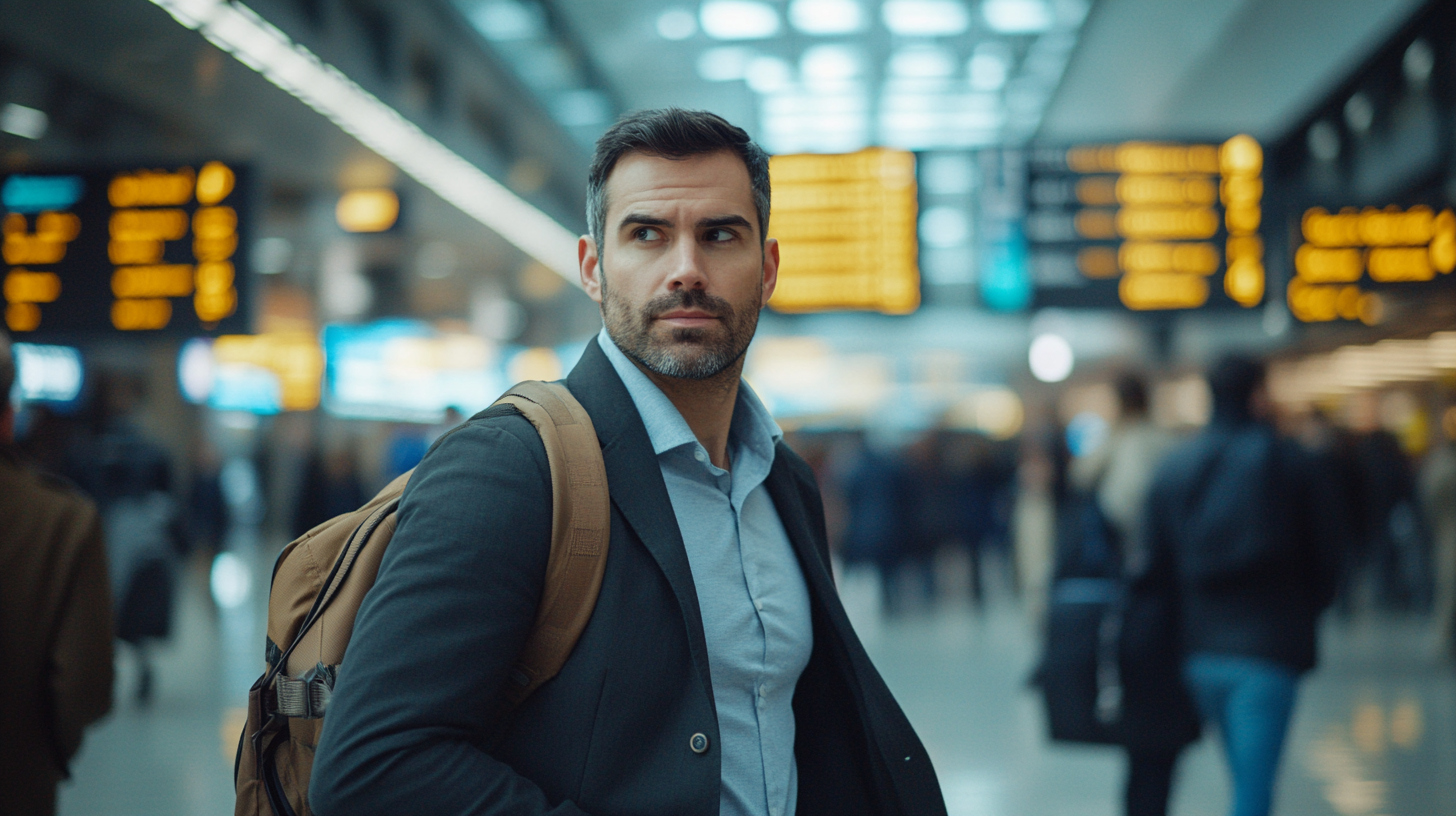
One of the biggest game-changers for many travelers is the Visa Waiver Program (VWP). If you’re a citizen of a participating country, you can typically bypass the traditional visa process for business and tourism stays of up to 90 days in the U.S. I still remember my first time using an ESTA—an online pre-travel authorization that felt light-years more convenient than scheduling a consular interview. Industry data suggests that VWP travelers save an average of two to three weeks of processing time compared to those applying for a B-1/B-2 visa.
Although the 90-day limit can seem tight, I’ve found that careful planning is key. Having a to-the-point travel itinerary—that includes flight information, lodging, and specific business event details—helps clarify your purpose at the border. If you happen to hold dual citizenship or frequently travel for work, be sure to provide consistent details each time to avoid any confusion.
Always double-check your eligibility for the VWP before booking flights. For instance, Canadian and Bermudian travelers can sometimes benefit from a simplified entry process but might not be covered by every VWP rule. I’ve observed individuals show up thinking they qualified for the program only to discover they actually needed a traditional visa due to unique passport or residency situations. A quick look at official government websites can save you a lot of trouble.
3. Documents and Ties to Home
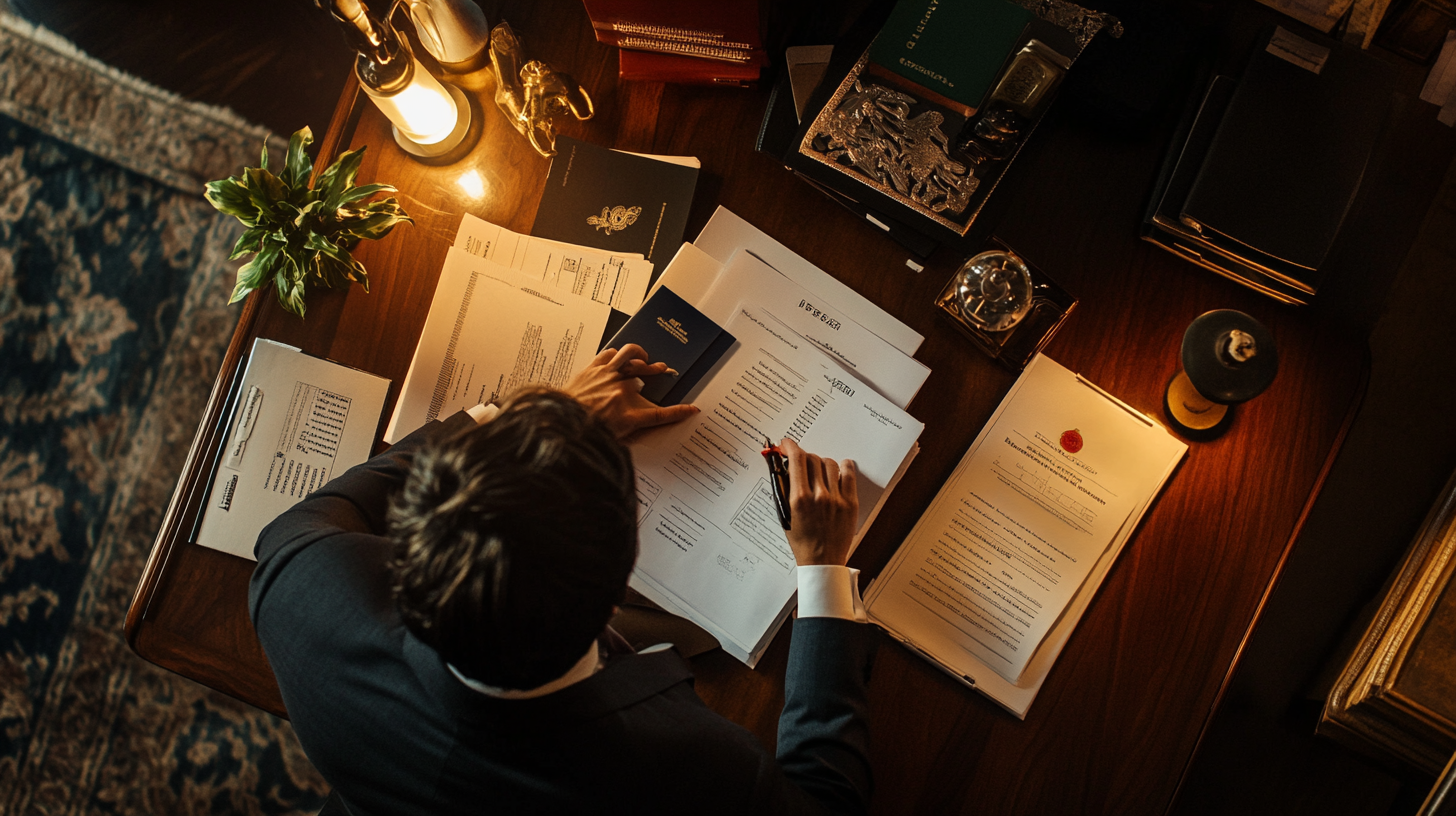
I’ve seen firsthand how thorough documentation can make all the difference during U.S. entry. Whether you hold a B-1/B-2 visa or qualify for the VWP, ensure you have a valid passport, a clearly outlined itinerary, and evidence of round-trip or onward travel. In one instance, a colleague of mine was nearly turned away because her onward flight left from a neighboring country rather than the U.S.—a detail that can raise questions if not explained properly.
Border officials seek reassurance that you’re not planning to overstay or work illegally in the country. Demonstrating nonimmigrant intent through confirmation of employment, letters from your employer, and property or family obligations back home helps prove that your stay is temporary. A 2024 study from a major immigration policy institute found that applicants who can show strong financial and family ties are far less likely to face questioning or delays at the border.
Finally, be prepared to show proof of sufficient funds for the duration of your visit. From my perspective, carrying clear documentation—like recent bank statements—speeds up the process should you face any extra scrutiny.
4. Staying Within the Rules

When I’m traveling on a B-1 visa, I make a point to remind myself that I’m there solely for business activities—such as consulting, meetings, or attending professional events. The rules explicitly forbid accepting domestic employment or receiving direct wages from a U.S. source. According to U.S. Customs and Border Protection, repeated violators can face severe penalties, including visa revocations and potential entry bars.
I’ve also learned that frequent long stays or multiple entries close together can trigger extra scrutiny, even if everything is legitimate. During one of my busiest quarters, I completed three separate short-term visits within two months. Although all were for valid business projects, I was questioned in detail by CBP officers. Be ready to provide evidence—like emails or official invitations—that clarify your reasons for crossing the border multiple times.
Sticking to the rules is ultimately in your best interest. From my observation, those who maintain clear travel records and honest communications often experience faster reentries on subsequent business trips. If you’re ever in doubt, consult reputable sources or an immigration attorney to clarify what’s allowed under B-1 status.
5. Extending and Renewing

The B-1/B-2 combination visa can offer renewed flexibility over many years, especially for frequent flyers like me who hop in and out of the U.S. for trade shows, seminars, and other events. Renewals themselves are typically straightforward—consular officers look for evidence you’ve complied with past visa conditions. The U.S. Travel Association reports that repeat B-1/B-2 visa holders who have adhered to all requirements often have smoother renewal experiences.
When your business obligations run longer than planned, you can file Form I-539 to extend your status for up to six more months. However, it’s vital to submit a well-supported request before your current stay expires. I once helped a teammate with this process by supplying her with official meeting agendas and letters from our overseas employer documenting the reasons for the extension.
Finally, if you travel with personal or domestic employees, they may qualify for B-1 status under specific conditions. Make sure they follow all guidelines regarding their roles and payment—violations could complicate future reentries for everyone involved.
Final Thoughts

Navigating U.S. business visa requirements might initially feel like an extra hurdle, but once you’re equipped with the right information, the process becomes more transparent. I’ve found that staying organized, gathering thorough documentation, and being prepared for common questions pay off both in time saved and peace of mind.
Whether you’re opting for the B-1 route or taking advantage of the Visa Waiver Program, the key is clarity. Show your ties to home, present a professional purpose for your trip, and make sure your paperwork aligns with official regulations. By respecting these rules, you’ll help ensure your border crossings go more smoothly in the future.
Amelia Yeaher’s Take
I’m always inspired by the blend of technology and regulation in the aviation world. Over the years, I’ve seen how digital application tips, from quick mobile notifications to streamlined e-forms, can help simplify the steps we take to stay legally compliant.
From my perspective, a proactive approach—one that anticipates border questions and clarifies your short-term objectives—is invaluable. Treat the visa process as a strategic part of your business trip, rather than an afterthought.
Seat5A is your window to a world of expert travel tips, so keep exploring and stay informed.
